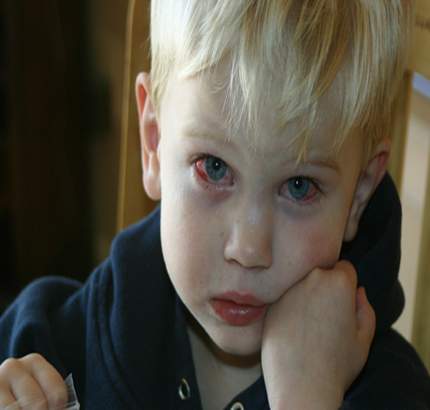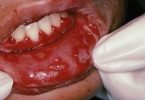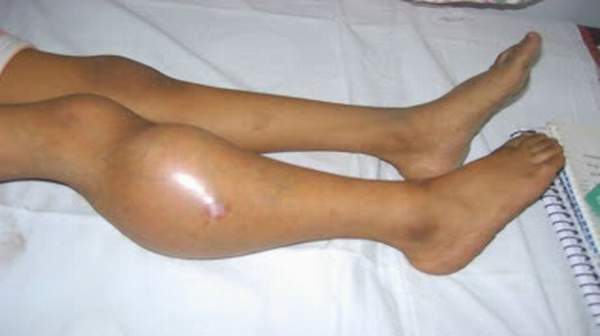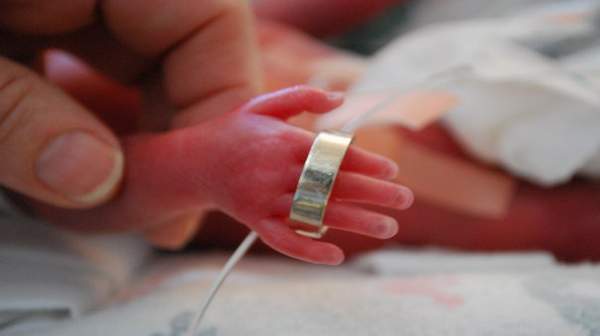What's in this article?
Pink Eye Overview
Pink eye (conjunctivitis) is an inflammation or infection of the transparent membrane (conjunctiva) that lines your eyelid and covers the white part of your eyeball. When small blood vessels in the conjunctiva become inflamed, they’re more visible. This is what causes the whites of your eyes to appear reddish or pink.
Pink eye is commonly caused by a bacterial or viral infection, an allergic reaction, or in babies an incompletely opened tear duct.
Though pink eye can be irritating, it rarely affects your vision. Treatments can help ease the discomfort of pink eye. Because pink eye can be contagious, early diagnosis and treatment can help limit its spread.
What Causes Pink eye?
Pink eye has a number of different causes, including:
- Viruses
- Bacteria (such as gonorrhea or chlamydia)
- Irritants such as shampoos, dirt, smoke, and pool chlorine
- Allergies, like dust, pollen, or a special type of allergy that affects some contact lens wearers
Pink eye caused by some bacteria and viruses can spread easily from person to person, but is not a serious health risk if diagnosed promptly. Pink eye in newborn babies, however, should be reported to a doctor immediately, as it could be a vision-threatening infection.
Pink Eye Symptoms
No surprise: the primary symptom of pink eye is an eye that has a pink appearance. Other symptoms of pink eye depend on the type of conjunctivitis you have:
- Viral conjunctivitis. Watery, itchy eyes; sensitivity to light. One or both eyes can be affected. Highly contagious; can be spread by coughing and sneezing.
- Bacterial conjunctivitis. A sticky, yellow or greenish-yellow eye discharge in the corner of the eye. In some cases, this discharge can be severe enough to cause the eyelids to be stuck together when you wake up. One or both eyes can be affected. Contagious (usually by direct contact with infected hands or items that have touched the eye).
- Allergic conjunctivitis. Watery, burning, itchy eyes; often accompanied by stuffiness and a runny nose, and light sensitivity. Both eyes are affected. Not contagious.
How is conjunctivitis diagnosed?
Conjunctivitis can be diagnosed through a comprehensive eye examination. Testing, with special emphasis on evaluation of the conjunctiva and surrounding tissues, may include:
- Patient history to determine the symptoms the patient is experiencing, when the symptoms began, and the presence of any general health or environmental conditions that may be contributing to the problem.
- Visual acuity measurements to determine the extent to which vision may be affected.
- Evaluation of the conjunctiva and external eye tissue using bright light and magnification.
- Evaluation of the inner structures of the eye to ensure that no other tissues are affected by the condition.
- Supplemental testing may include taking cultures or smears of conjunctival tissue, particularly in cases of chronic conjunctivitis or when the condition is not responding to treatment.
Using the information obtained from these tests, your optometrist can determine if you have conjunctivitis and advise you on treatment options.
How Is Pink eye Treated?
The treatment for pink eye depends on the cause.
- Bacteria. Pink eye caused by bacteria, including those related to STDs, is treated with antibiotics, in the form of eye drops, ointments, or pills. Eye drops or ointments may need to be applied to the inside of the eyelid three to four times a day for five to seven days. Pills may need to be taken for several days. The infection should improve within a week. Take or use the drugs as instructed by your doctor, even if the symptoms go away.
- Viruses. This type of pink eye often results from the viruses that cause a common cold. Just as a cold must run its course, so must this form of pink eye, which usually lasts from four to seven days. Viral conjunctivitis can be highly contagious. Avoid contact with others and wash your hands frequently. If you wear contact lenses, you should throw away contacts worn while you have pink eye and wear glasses. Same for makeup.
- Irritants. For pink eye caused by an irritating substance, use water to wash the substance from the eye for five minutes. Your eyes should begin to improve within four hours. If the conjunctivitis is caused by acid or alkaline material such as bleach, immediately rinse the eyes with lots of water and call your doctor immediately.
- Allergies. Allergy-associated conjunctivitis should improve once the allergy is treated and the allergen removed. See your doctor if you have conjunctivitis that is linked to an allergy.





